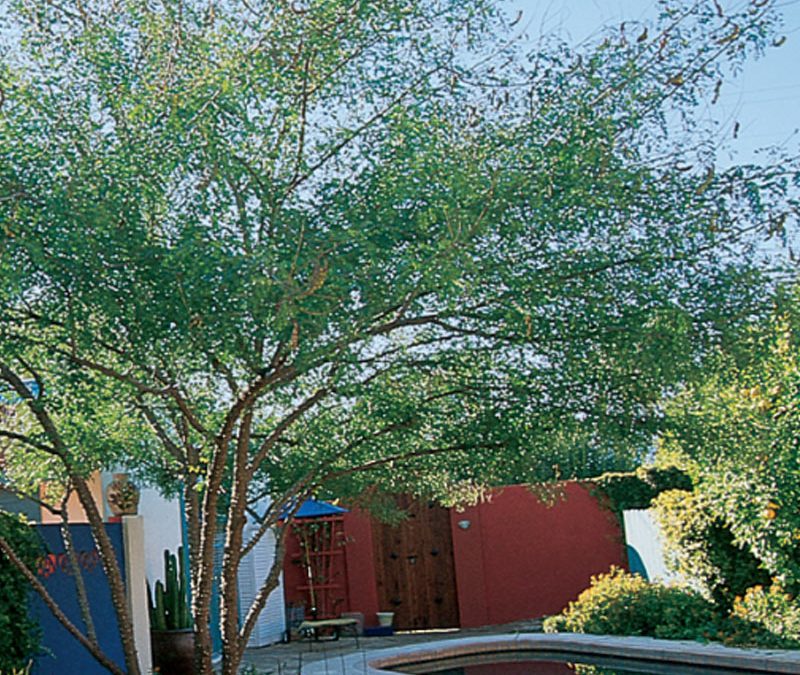Trees are one of the most valuable assets to a community landscape. Correctly maintaining and caring for trees allows them to become an integral part of the environment and an asset to the overall visual appeal of your property, which can ultimately increase your property value. SDL believes in using sustainable tree care practices to protect this important investment of your community.
A sustainable landscape is designed to be both attractive and in balance with the local climate and environment and it should require minimal resource inputs. Thus, the design must be “functional, cost-efficient, visually pleasing, environmentally friendly and maintainable.”
Our goal is to limit the amount of precious resources we use, the most important resource here in the AZ desert being water. By planting our landscapes with plants that are native to desert regions, respond well to the local climate (heat!), and require less water to survive, we are taking the first step in creating the perfect sustainable landscape.
When it comes to trees it starts by selecting the right type of tree to thrive in desert environments, then selecting the right location to plant it. During the planting stage proper irrigation structure and placement of the root ball in the ground are important elements to creating a sustainable life for each tree. While the tree is growing staking, soil management, and regular pruning should all be conducted with sustainable practices in mind to promote optimal health and appearance.
Proper pruning techniques include removing selected interior and exterior dead, broken, and crossed branches to improve tree shape, appearance, and safety. Have an objective and plan in mind before pruning begins; i.e. crown thinning, crown reduction, or crown raising. Limit pruning to less than 25% of the tree’s canopy at one time. Follow the guidelines for proper pruning to avoid damaging trees by over-pruning, lion’s tailing, tree-topping, etc.
Trees that are properly pruned will maintain their ideal structure and color, and optimal health. Maintaining trees in this optimal state will allow for better growth for the future and protection from potential dangers such as storm damage for a long, sustainable life.


